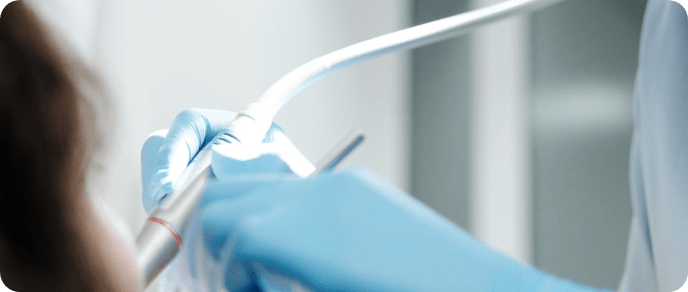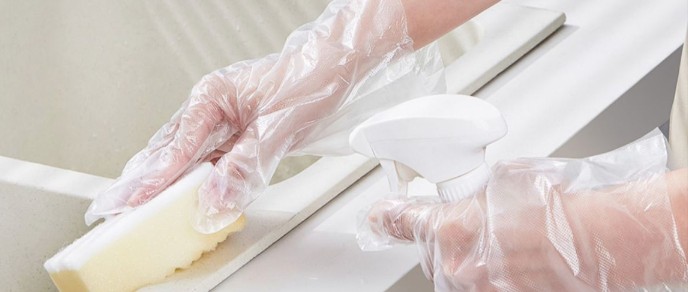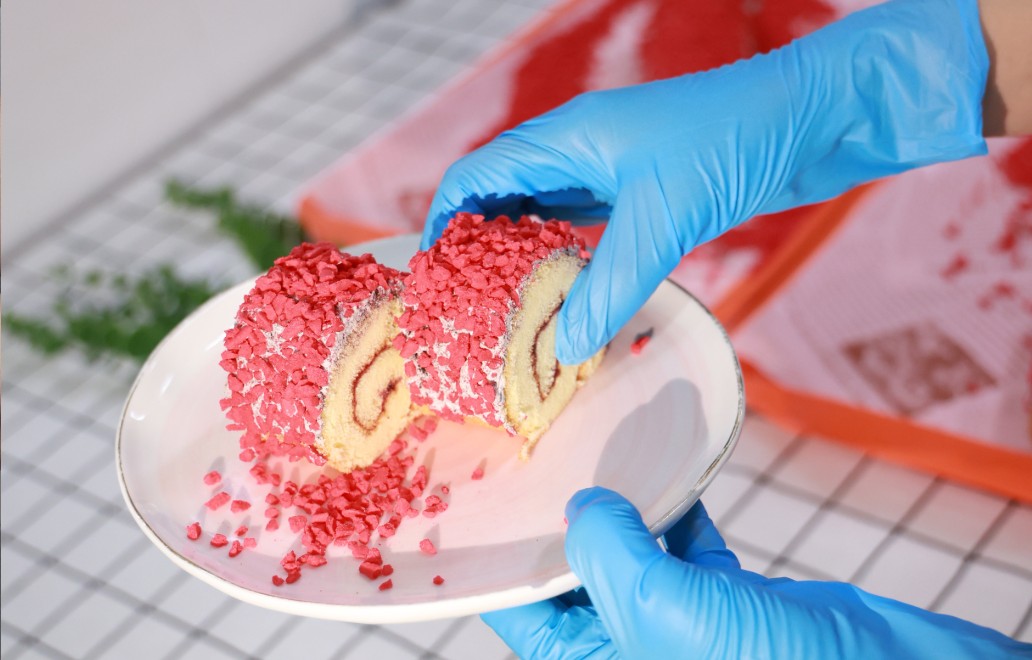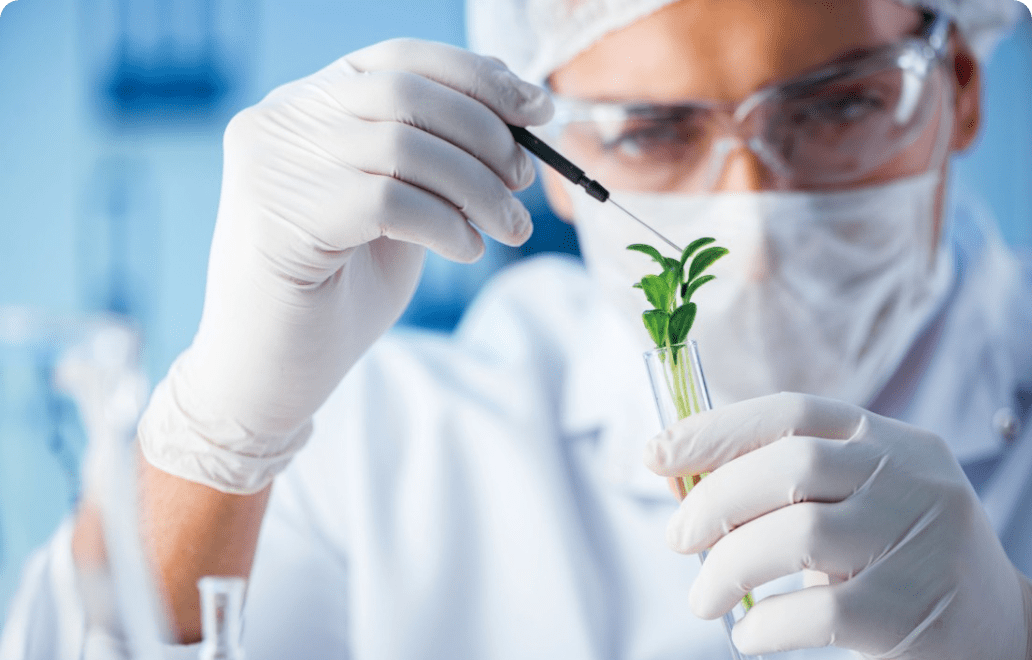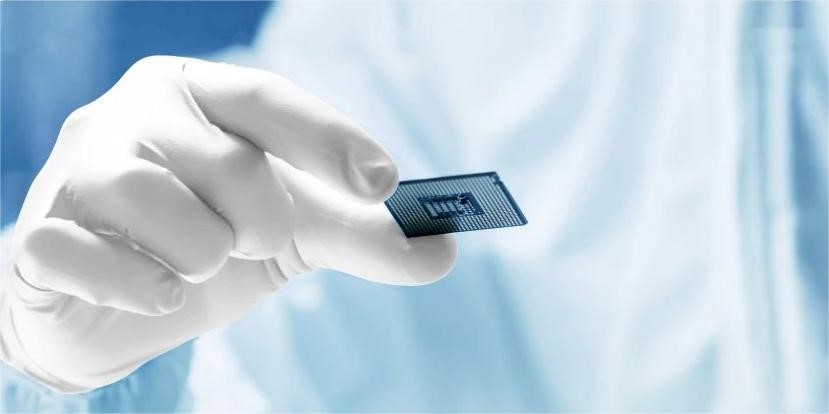Glove products
Synthetic Latex Gloves: Latex Look, Allergy-Free Advantage
Synthetic latex gloves are transforming hand protection. Yet, they eliminate the risk of allergic responses. By removing natural latex proteins, these gloves ensure safety for all. This includes those with delicate skin. Their exceptional comfort and resilience make them popular in healthcare, food processing, and industrial environments. If you seek dependable, non-latex, allergy-free gloves with a latex-like feel, synthetic latex gloves are the ideal choice.
What Are Synthetic Latex Gloves?
Definition and Purpose of Synthetic Latex Gloves
Synthetic latex gloves represent a contemporary breakthrough. They’re designed to mirror natural latex gloves’ qualities. At the same time, they address their limitations. These gloves are made from advanced synthetic compounds, like nitrile or polyisoprene. This provides a latex-like sensation and flexibility.
Difference Between Synthetic and Natural Latex Gloves
Grasping the difference between synthetic & latex gloves aids informed choices. Latex gloves natural or synthetic? Natural latex gloves derive from rubber tree sap. This sap contains proteins. These can spark allergies. Conversely, synthetic latex gloves use fully synthetic materials. They’re free from latex proteins.
Here’s a concise comparison:
|
Glove Type |
Durability |
Cost Comparison |
Mechanical Properties |
Allergic Reactions |
Tactile Sensation |
|
Natural Latex |
Robust |
Higher |
Superior |
Possible |
Excellent |
|
Nitrile (Synthetic) |
Fair |
Lower |
Adequate |
None |
Fair |
|
Polyisoprene |
Robust |
Higher |
Superior |
None |
Excellent |
|
PVC/PE |
Weak |
Lowest |
Inferior |
None |
Weak |
Synthetic latex gloves, especially nitrile and polyisoprene, excel in resilience, affordability, and hypoallergenic traits. They suit those needing non-latex allergy-free gloves.
The Allergy-Free Advantage
Why Natural Latex Causes Allergies
Natural latex gloves are effective. However, they pose notable health risks. Proteins in rubber tree sap are the culprits. These can cause allergic reactions. Reactions range from mild to severe. For example, healthcare workers often experience contact urticaria. This manifests as itchy, red skin. It appears shortly after glove use.
Can Synthetic Latex Cause Allergies?
No. Synthetic latex gloves eliminate these risks. Unlike natural latex, synthetic materials like nitrile and polyisoprene lack allergenic proteins. This makes them ideal for sensitive skin or latex allergy sufferers.
Their hypoallergenic nature undergoes thorough testing. For instance, synthetic exam gloves meet standards like ASTM D6319 and EN 455. These ensure minimal allergenicity. Opting for synthetic disposable gloves protects against allergy discomfort and dangers.
Latex Look and Feel
How Synthetic Latex Gloves Mimic Natural Latex
Synthetic latex gloves replicate natural latex gloves’ visual and tactile qualities. Advanced production methods ensure softness and warmth. These resemble human skin. Their surface includes detailed textures, like fingerprints. This enhances realism.
They mimic human skin’s softness and warmth. The outer layer can match skin tones. It features intricate textures, such as artificial nails. These contribute to a lifelike visual experience. This ensures comfort and precision akin to natural latex gloves. Allergies are avoided.
Comfort and Elasticity of Synthetic Latex Gloves
Comfort and stretch are vital in demanding settings. Synthetic latex gloves shine in both. Their ultra-pliable formula ensures a snug fit. This reduces hand fatigue during extended use. With an elongation rate over 650%, they stretch effortlessly. They don’t tear. This offers unmatched adaptability.
These gloves provide stretch and sensitivity for precise tasks. They’re ideal for healthcare, food handling, and industrial applications.
Durability and Performance Compared to Natural Latex
Synthetic latex gloves surpass natural latex in resilience and resistance. They’re engineered to resist punctures, tears, and chemical exposure. This ensures dependable protection in high-risk settings. Durability tests confirm their exceptional strength.
Materials and Manufacturing
Manufacturers prioritize quality raw materials. For example, nitrile butadiene rubber (NBR) offers excellent chemical resistance. It’s durable. This suits medical and industrial uses. Polyisoprene replicates natural latex’s stretch. It ensures a comfortable fit and sensitivity. Neoprene adds chemical resistance. It’s suitable for risky environments.
Common Materials: Nitrile, Vinyl, and Polychloroprene
Three primary materials dominate synthetic latex glove production. Each offers distinct benefits:
|
Material |
Description |
|
Nitrile |
A synthetic rubber. It’s durable. It resists punctures and chemicals. It’s ideal for healthcare and industry. |
|
Vinyl |
A cost-effective plastic. It’s easy to use. It offers moderate protection. It suits food handling and light cleaning. |
|
Polychloroprene |
Known as neoprene. It provides excellent chemical resistance. It’s flexible. It’s perfect for high-risk settings. |
Manufacturing Processes for Synthetic Disposable Gloves
Producing synthetic latex gloves involves cutting-edge methods. These ensure quality and performance. The process starts with precise formulation. This enhances stretch and durability. Advanced tools, like balances and pH meters, maintain strict quality control.
Efficient quality checks are crucial. They uphold safety standards. Rapid, accurate analyses verify compliance with ASTM International and ISO certifications. Reliable data systems ensure consistent production.
Applications and Benefits
Industries That Use Synthetic Latex Gloves
Synthetic latex gloves are essential across sectors. Their versatility and safety drive demand. In food handling, they ensure hygiene. They prevent contamination. Cleaning services increasingly use them. Stricter sanitation rules post-pandemic fuel this trend.
In automotive, mechanics rely on these gloves. They protect during vehicle maintenance. Post-COVID automotive recovery has increased usage. Beauty and personal care sectors adopt them too. Salons prioritize hygiene. Consumer health awareness supports this shift. Industrial settings demand them for worker safety. Companies invest in protective gear to safeguard employees.
INTCO Medical Syntex™ Synthetic Latex Exam Gloves: Advantages and Customization Service
INTCO Medical is the largest latex-free disposable gloves manufacturer in China .
INTCO Medical Synthetic Latex Exam Gloves redefine protection and comfort. These gloves blend innovative technology with superior quality. They’re a top choice for professionals across sectors. If you seek gloves that deliver exceptional performance, INTCO Medical meets your needs.
Why Choose INTCO Medical syntex™ Synthetic Latex Exam Gloves?
These gloves offer distinct advantages:
- Innovative Ultra-Soft Formula: They mimic latex’s feel. Their elongation exceeds averageof 650%. This ensures flexibility and comfort for long wear.
- Minimal Allergenicity: Free from sulfur and latex proteins. They reduce allergy risks. They’re safe for all users.
- Robust Protection: They resist punctures and chemicals. They provide dependable safety in medical, industrial, and food-handling settings.
- Eco-Friendly Compliance: They align withthe EU EUDR zero deforestation rules. They promote sustainable practices.
INTCO Medical gloves aren’t just products. They embody a commitment to safety, comfort, and environmental care.
Customization Services Tailored to Your Needs
INTCO Medical recognizes unique industry demands. By choosing their Syntex™ Synthetic Latex Exam Gloves, you access advanced technology. You also get tailored solutions. Their customization includes size adjustments, packaging, and branding options. These ensure a perfect fit for your requirements. Elevate your operations with premium synthetic latex gloves. Contact INTCO Medical today to explore customization and enhance your business!




